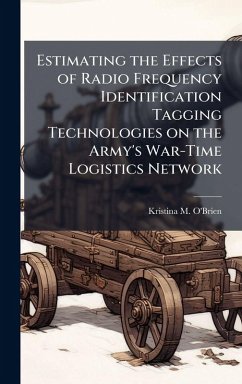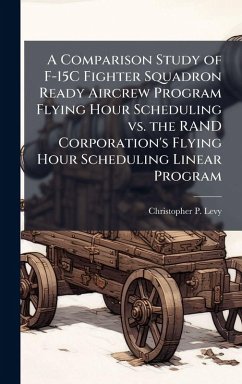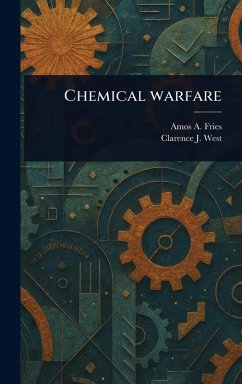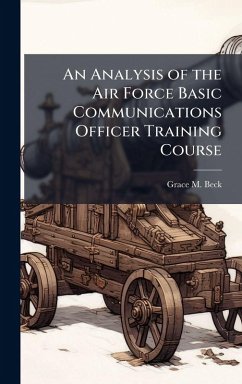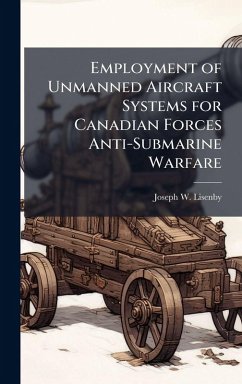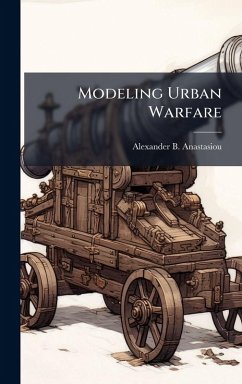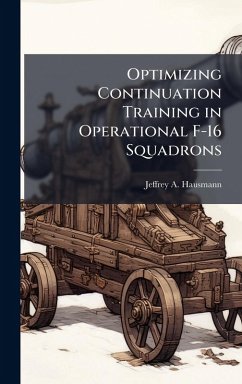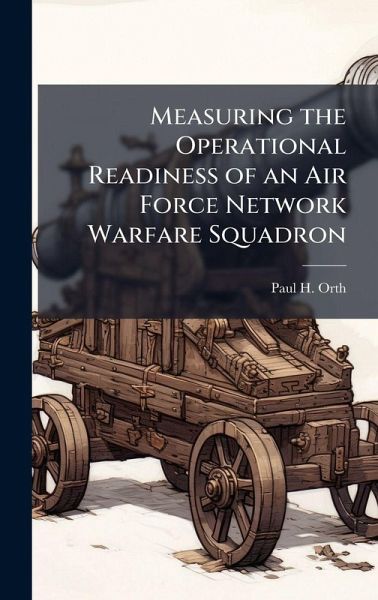
Measuring the Operational Readiness of an Air Force Network Warfare Squadron
Versandkostenfrei!
Versandfertig in über 4 Wochen
28,99 €
inkl. MwSt.
Weitere Ausgaben:

PAYBACK Punkte
14 °P sammeln!
As part of its squadron activation, the 315th Network Warfare Squadron (NWS) requested assistance from the Air Force Institute of Technology in developing criteria for declaring Initial Operational Capability (IOC) and Full Operational Capability (FOC) to assess the unit's operational readiness. The research methodology included a review of current Department of Defense (DoD), Joint, and Air Force publications and instructions, as well as a review of three different unit activations: the new Air Force Cyberspace Command, an F/A-22 Fighter Squadron, and an Intelligence Squadron. By comparing th...
As part of its squadron activation, the 315th Network Warfare Squadron (NWS) requested assistance from the Air Force Institute of Technology in developing criteria for declaring Initial Operational Capability (IOC) and Full Operational Capability (FOC) to assess the unit's operational readiness. The research methodology included a review of current Department of Defense (DoD), Joint, and Air Force publications and instructions, as well as a review of three different unit activations: the new Air Force Cyberspace Command, an F/A-22 Fighter Squadron, and an Intelligence Squadron. By comparing the Joint Capabilities Integration and Development System (JCIDS) process and the Status of Resources and Training System (SORTS) process, it is clear that unit readiness is measured and reported by SORTS Category Levels (C-Level) to support wartime missions, not by IOC and FOC milestones. This paper reviews SORTS computations and provides a case study of a notional Air Force NWS to propose that any new cyber squadron should report operational readiness starting with C-5 for unit activation, then C-3 to declare initial operational readiness, and finally C-1 to declare full wartime mission readiness. This work has been selected by scholars as being culturally important, and is part of the knowledge base of civilization as we know it. This work was reproduced from the original artifact, and remains as true to the original work as possible. Therefore, you will see the original copyright references, library stamps (as most of these works have been housed in our most important libraries around the world), and other notations in the work. This work is in the public domain in the United States of America, and possibly other nations. Within the United States, you may freely copy and distribute this work, as no entity (individual or corporate) has a copyright on the body of the work. As a reproduction of a historical artifact, this work may contain missing or blurred pages, poor pictures, errant marks, etc. Scholars believe, and we concur, that this work is important enough to be preserved, reproduced, and made generally available to the public. We appreciate your support of the preservation process, and thank you for being an important part of keeping this knowledge alive and relevant.



